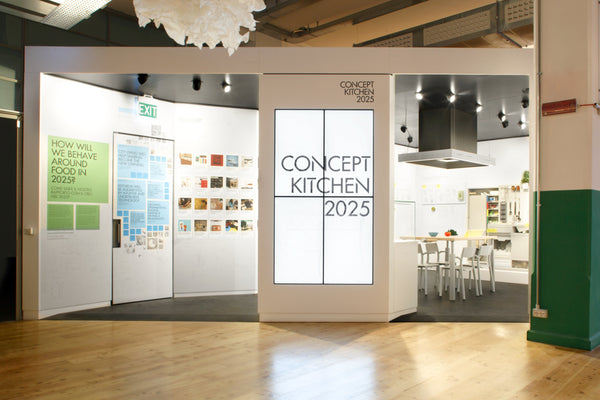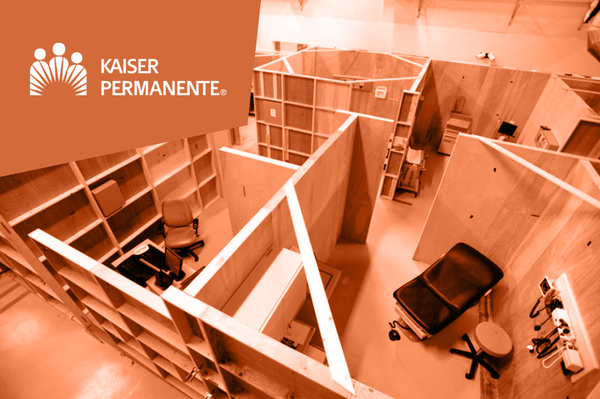How Experimentation Can Lead to a Successful Launch
This post comes from Creative Difference, a tool created by IDEO to help organizations develop their creative edge. Informed by a short assessment, Creative Difference generates a fully customized dashboard to help business leaders better understand their company’s specific strengths and blindspots when it comes to adapting to a rapidly changing market.

Experimenting and Prototyping Leads to More Successful Launches
Making changes to a full-fledged product that is not performing well is both difficult and costly. Instead, start small by launching a minimally viable version of a product or service—for example, a bare-bones website, a pop-up space, or a manual dry run—and get it in front of your target audience. By doing so, teams can gather numerous insights about usability and product-market fit and can make critical edits before extensive resources are committed to a final version. Beyond avoiding costly mistakes, experimenting with prototypes can stoke early awareness of your offering among potential end-consumers. Launch-and-learn is especially seamless for digital products and services (since revisions can be made quickly and easily) but service and retail industries can also learn from this practice; for inspiration, look no further than Tony Hsieh’s now-infamous early prototyping of the Zappos service offering.
What Does the Creative Difference Data Tell us?
When teams explore and iterate with five or more different ideas rather than selecting one or two ideas and moving them forward, they are 50% more likely to successfully launch.Who Does This Well?

After working with IDEO, Kaiser Permanente created a small in-house design team called the “Innovation Consultancy,” which focused on improving the care of patients and the work environment for their staff. Looking to improve the safety and reliability of medication administration, the team developed “KP MedRite.” The program included design of a new nurse workflow, workspace, and special clothing to prevent distractions and life-threatening errors when nurses handled medications.
Once they had defined the basics of the MedRite program, they immediately ran a pilot to see if it was effective and to get feedback from nurses. When the results showed that during medication administration, there was a 50% reduction in staff interruptions and 50% increase in medication accuracy, they were confident to proceed with a wider rollout across all Kaiser Permanente hospitals.
Try This: Introduce Prototyping Sprints
Teaching creative teams to quickly solve problems via prototyping will help to illustrate the value of the approach. Sprints are also a quick and cost-effective way to orient teams to a prototyping mindset; restrict the sprints to be between one day and one week, and include feedback sessions as part of the exercise. Sprints will help teams become more agile and adaptive in the prototyping process.
Parting question: What’s an example of a prototype you could build and test at your organization?
Interested in more prototyping practice? Go deep into the design thinking skills of ideating, prototyping, and iterating in our From Ideas to Action online course.
- choosing a selection results in a full page refresh
- press the space key then arrow keys to make a selection



